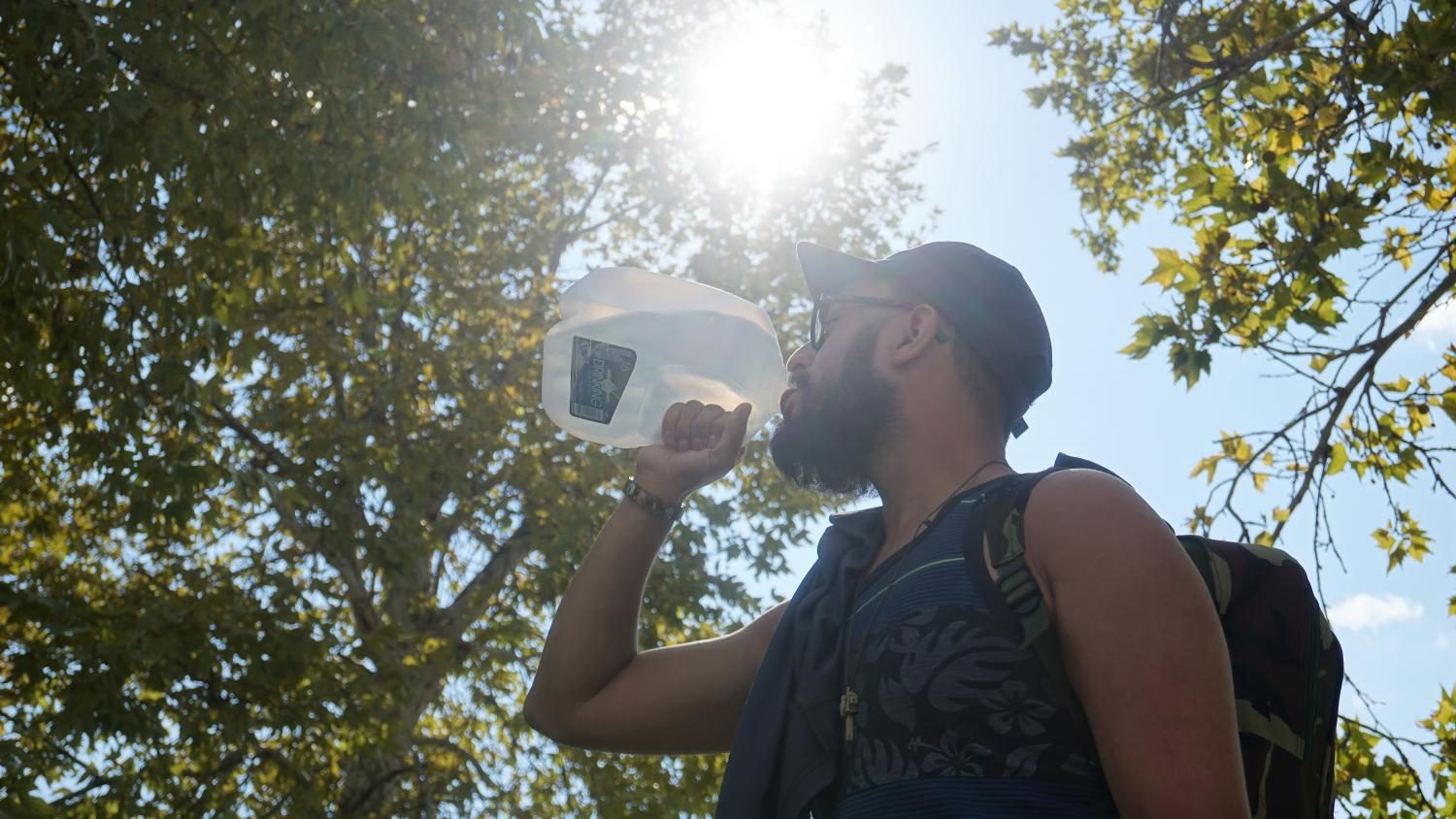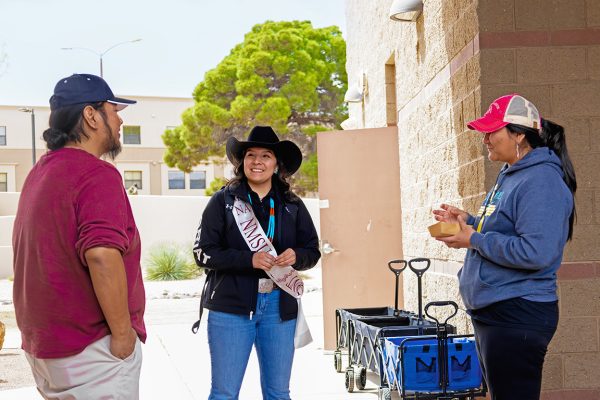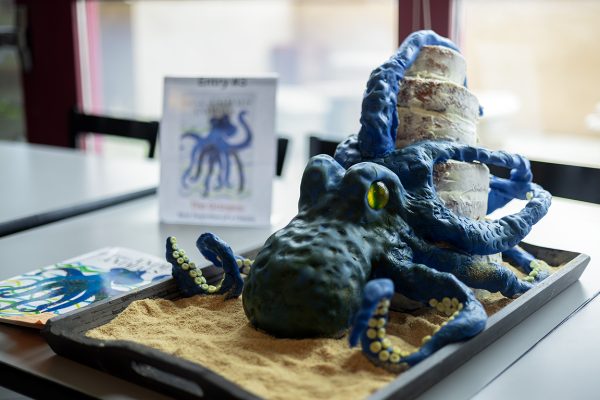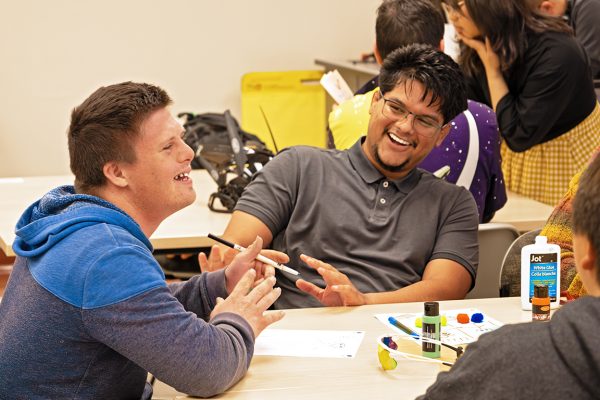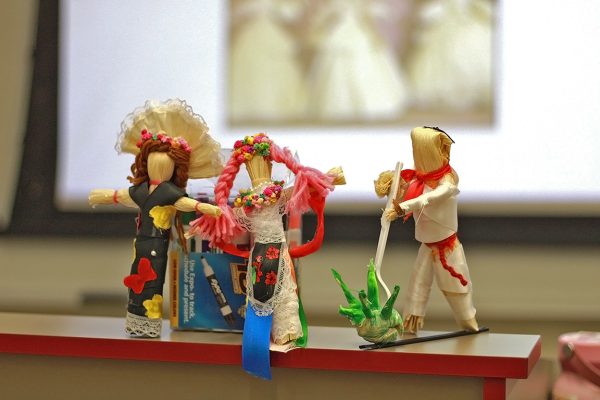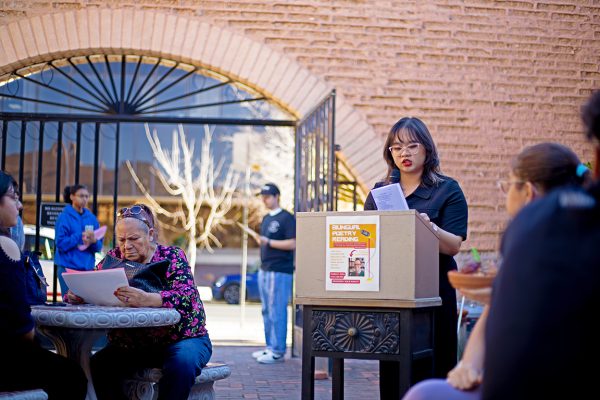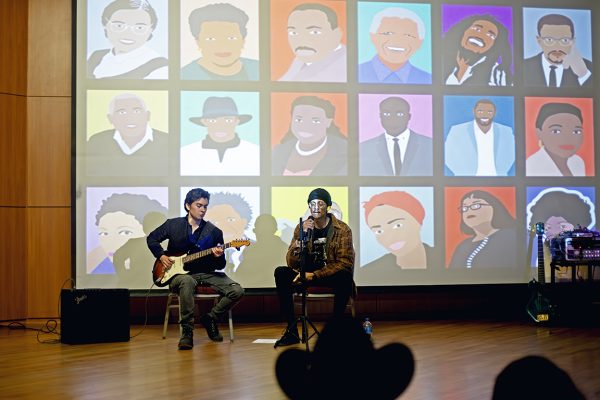Beating the Heat
More stories from Luis Finston
NMSU student trying to stay hydrated in these high tempuratures while walking to class.
With summer ending and a new academic year arriving, heat has not deprived NMSU of its company. Temperatures in Las Cruces are averaged at 90 degrees, and with high rain levels in recent weeks, humidity levels are estimated at sixty-nine percent.
Las Cruces natives are no stranger to hot weather. New Mexico has a reputation for having high temperatures, dry environments and scarce amounts water. The highest temperature recorded in Las Cruces in the last decade, peaked at 108.3 degree Fahrenheit on June 27, 2013, according to an All-Time station records chart on lascruces-weather.com.
Several students from out of town agree that dry weather takes a toll. Michele Esposito a sophomore from Phoenix said that even though summer temperatures in her hometown are dry, it feels worse in Las Cruces.
“I feel as if it’s hotter here than in Phoenix”, Esposito said. “The humidity we have here is crazy, and that might be in part to it raining a lot. I think it really effects the attitude that students may or might have.”
Living in a dry environment presents its own set of dangers, such as dehydration, heat exhaustion, and fatigue. According to a quote by the CDC, experts recommend drinking 2 to 4 cups of water an hour especially if you are working or doing an activity outdoors.
Arturo Miranda is a junior majoring in Business Management and hails from Hobbs, NM. He said that when he was living in Chamisa apartments last year, he did not have a working AC Unit for almost months.
“My AC unit was not working, so my roommate and I had to open our windows to receive cool air at times”, Miranda said. “At first my roommate and I weren’t too affected by it, but as the temperature rose, we had to put in a work order.”
Students who live in the dorms and on campus may want to take note of how much electricity they are using in their rooms. A published weather overview for the Climate of Las Cruces said that excessive use air conditioners, fans, or even evaporative coolers can lead to brownouts and blackouts.
“It affects people in different ways because of where they are from and what they are used to” said Junior, mechanical engineering major, Matthew Baca. Baca is from Taos, New Mexico, but familiarized himself with campus living accommodations with RHA in previous years.
“Students may come from a place where there are mountains or higher elevations and it’s not as hot”, Baca said.“Swamp coolers don’t work well when it’s humid, and we’ve seen a lot of rain lately which only adds to the problem. It’s not when they function best. AC units go out all the time and during the summer, it can be very uncomfortable.”
New Mexico is not the only state which faces heat issues. Other states in the U.S. will take drastic action when heat becomes a dangerous factor. In Minneapolis, the public-school system will consider canceling classes if temperatures reach more than 115 degrees fahrenheit for any period of time.
The NMSU Campus Health Center encourages students to stay hydrated as possible, resort to areas of shade, and to drink plenty of water. For more information on health tips, safety precautions, and in case of emergency situations, students can contact the NMSU Campus Health Center at (575) 646-1512.


